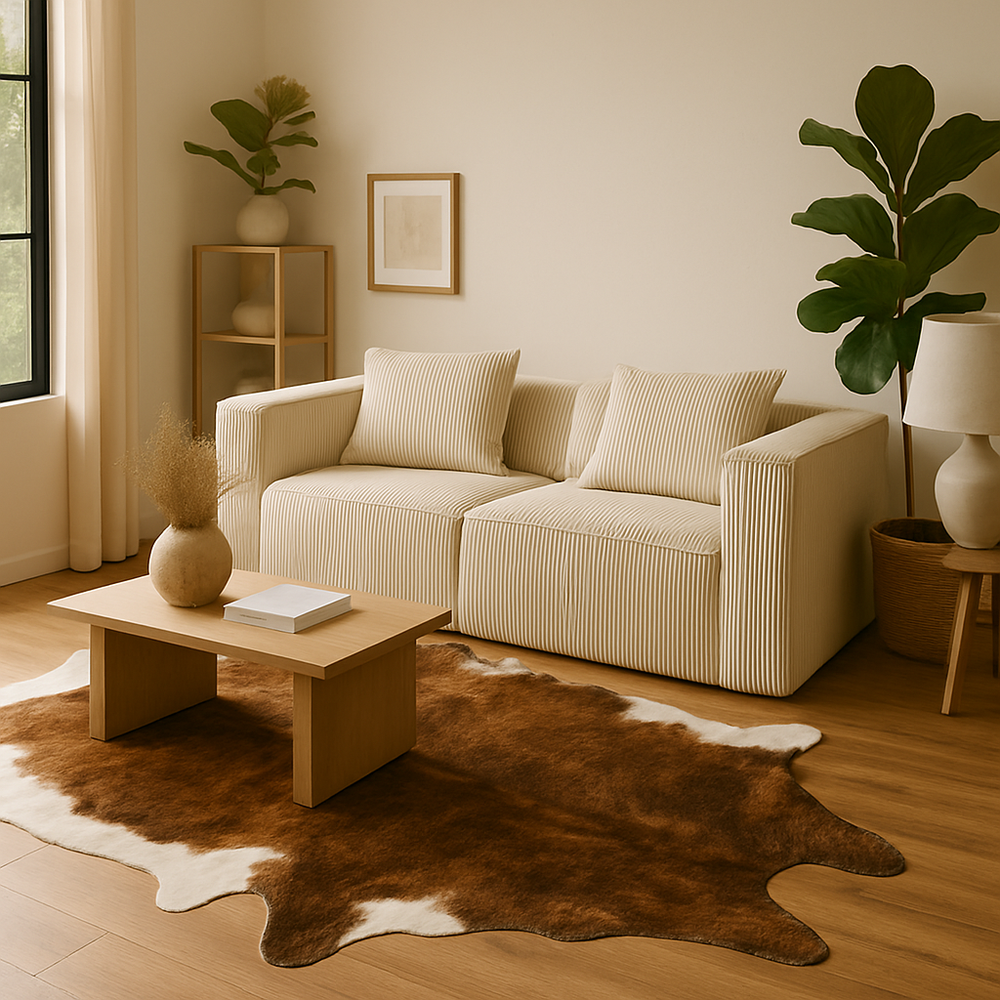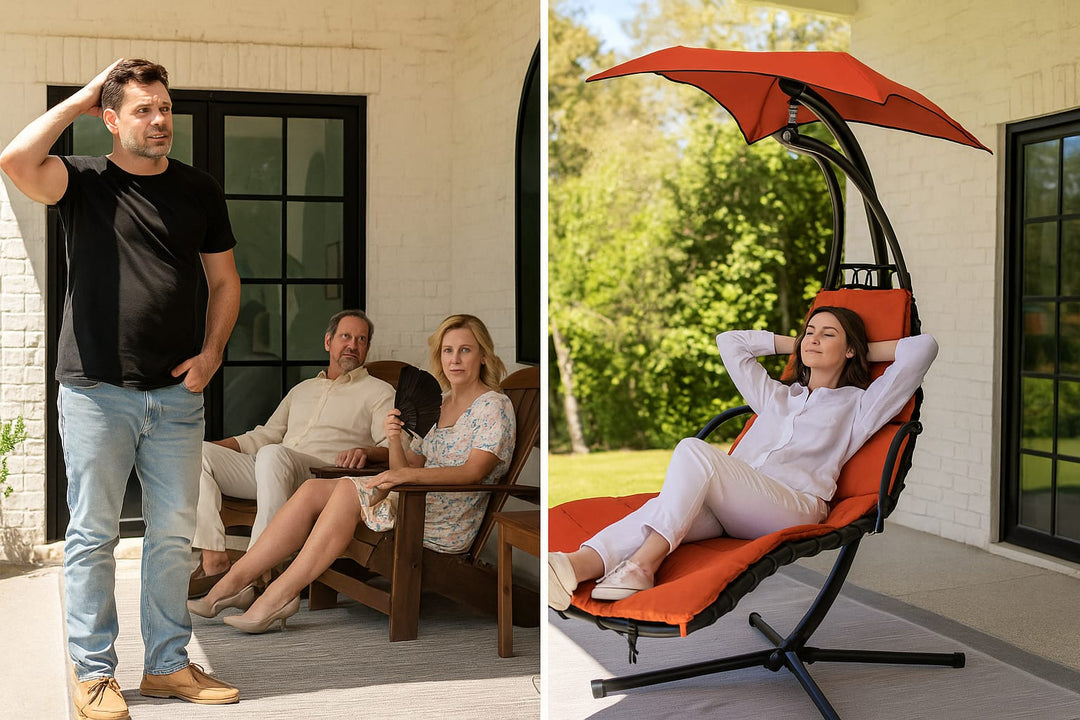How to Choose the Perfect Camping Hammock – A Trufairs Guide
Man, camping these days is a whole different animal with camping hammock . Remember those old tents? Trying to figure out which pole went where, cursing at the instructions, probably losing your patience halfway through. Now? It’s like everyone’s ditched the headaches and just gone full camping hammock mode. They’re featherlight, you can string one up in seconds, and honestly, the freedom? It’s unbeatable. Tents feel like prison cells compared to camping hammock.
Whether you’re plotting a starry night at Yosemite, staking out a spot in Yellowstone, or just hiding from your roommate in the backyard, snagging the right camping hammock is a total game changer. Trust me, you’ll thank yourself—your back will too.
Anyway, here’s what I’m thinking: I’ll break down the main types of camping hammock tent, spill the real-deal features you should care about (not just whatever some ad says), and toss in some actual situations so you don’t accidentally end up cocooned in a glorified plastic bag. Sound decent? let’s roll.

Why Choose a Camping Hammock?
Okay, picture this: you’ve just dragged your sorry self over ten brutal miles in the Rockies. Your legs? Toast. Everything hurts. Sweat’s stinging your eyes, and you’re seriously questioning your life choices. Meanwhile, your buddies are flailing around with tent poles like they’re auditioning for some weird outdoor slapstick show. But you? you’re not about that chaos. You just whip out your hammock, throw those straps around a couple trees, and bam! you’re basically done before they’ve even found the tent bag.
A minute later, you’re floating above the grime, gently swinging while the sky’s showing off with those Bob Ross sunset vibes. There’s a breeze, some birds making noise; straight-up nature soundtrack. And you’re just up there in camping hammock , grinning to yourself like a smug little gremlin, already ready to crash while your friends are still wrestling with rain flies and swearing under their breath.
Camping hammock tents crush it on the whole “set up in a flash” thing, and let’s be real, nine times outta ten, they’re just more comfy. Throw on a rain tarp, maybe an underquilt if you’re feeling fancy, and you’re set—even if it’s freezing. Hammock life, all year? Heck yes, it’s a thing.

Types of Camping Hammocks
Pick the right camp depending on where and how you want to use it
1. Flat Hammock
A flat hammock is designed to keep your body level. Unlike the classic banana-shaped hammocks, this one lets side and back sleepers feel like they’re in their own bed.
2. Hammock Tent
Are you planning to visit places like the southeast or rainy areas like the pacific northwest ? A hammock tent is perfect pick for you . Trufairs’ hammock tent is hybrid between a hammock and a tent. It comes with bug nets, rain flies, and everything you need for shelter.
3. Tree Hammocks
Tree hammocks are the easiest for beginners. They swing in between two trees . trufairs offers a great variety of tree hammocks
4. Double Hammock
You want to hangout with your partner? A double hammock is the best option for you . double hammock can carry upto 600 lbs and provides more room .
What to Watch For When Picking Out a Camping Hammock
A camping hammock must match your vibe . here a list of things that you should look for while buying a camping hammock
Material & Durability
Most hammocks you’ll find are made from nylon, but if you see “ripstop nylon”? Oh, that’s the jackpot. It lasts way longer, no joke. If you’re always out in the woods, it’s worth splurging a little for that upgrade.
Weight Capacity
Don’t forget to check how much weight your hammock can handle. Most are in the 250 to 500 pound range. If you’re planning on sharing (or if your dog insists on jumping in), just grab the heavy-duty one and call it a day.
Portability
Some hammocks pack down crazy small—like, seriously, smaller than a soda can. If you’re hiking long trails or just hate carrying bulky stuff, this is a total game changer.
Accessories
Bug nets, rain tarps, underquilts ,these turn a simple hammock into your own cozy shelter. Think of them like those extra toppings that make your pizza perfect. Why not go all out?
Ease of Setup
Nobody wants to tie fancy knots at the end of a long hike. Go for hammocks with straps and carabiners that make setup a breeze. Click here to see more detailed instructions
How to Set Up Your Camping Hammock
Imagine arriving at your Grand Canyon campsite. While others are still unpacking, you’re already identifying two trees, approximately 12–15 feet apart.
You proceed to wrap your straps securely around each trunk. Next, you attach your hammock using carabiners—simple and efficient. Make quick adjustments until your hammock sits at about chair height.
If insects or weather are a concern, add a bug net or tarp as necessary.
Professional tip: Target a 30-degree angle with your straps. If they’re too tight, you’ll experience discomfort; too loose, and the hammock will sag. Proper setup ensures comfort and stability throughout your stay.
Pro Tip: Aim for a 30-degree angle on your straps. Too tight and you’ll feel stiff; too loose and you’ll sag.

Pros and Cons of Hammock Camping
When considering hammock camping, it’s important to weigh both the advantages and the limitations.
Pros
Extremely lightweight and easy to transport.
Keeps you elevated above uneven or muddy ground.
Quick, straightforward setup process.
The natural swaying motion can help facilitate restful sleep.
Cons
Requires access to trees or other sturdy anchor points.
Without appropriate insulation, staying warm can be challenging.
Limited storage space for personal gear.
Real-Life Camping Scenario
Okey now, imagine this : You’re on a road trip with your buddies along the California coast. You roll up to Big Sur for the night. Everyone’s fumbling with tent poles and fighting with the rocky ground. Not you, though. You just grab your camping hammock tent, toss it up between two redwoods, and—done in five minutes, like a boss. While the stars start to pop over the Pacific, you’re chilling, gently swaying, while your friends are moaning about rocks jabbing their backs. That’s when you realize—once you go hammock, you’re never crawling back to a tent again.
FAQ: Camping Hammocks
1. How to hammock camp?
Bring straps, a bug net, and a tarp. Hang your hammock between two trees and add a sleeping pad or underquilt for warmth.
2. How to camp with a hammock?
Pick solid, healthy trees. Hang your hammock at chair height, add a bug net and rain fly, and you’re good to go.
3. Do you need a sleeping pad for hammock camping?
Yes, especially if it’s chilly. A sleeping pad or underquilt keeps cold air from stealing your body heat.
4. How to camp in a hammock?
It’s more than just hanging it up. Use a tarp, bug net, and insulation for comfort in different conditions.
5. How to hang a camping hammock?
Wrap tree straps around trunks, clip in with carabiners, and keep a 30-degree angle for the sweet spot.
Conclusion
A camping hammock isn’t just some random bit of gear—it’s a total vibe-changer, honestly. You’ve got options: the super chill flat hammocks, those wild hammock tents, or classic ones you tie between trees. The right pick? Man, it’s all about max comfort, freedom, and that unbeatable outdoor mood.
So, next time you’re heading out, leave the clunky tent at home. Kick back, rock gently under the stars, and—no joke—you’ll be asking yourself why you ever bothered with anything else.





